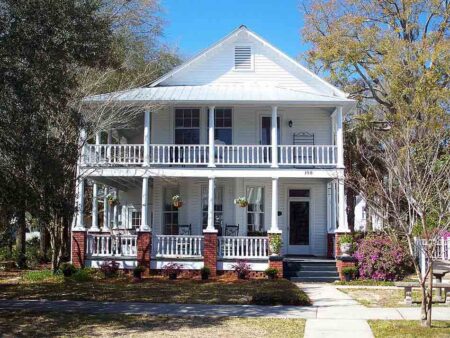Applying lime when lime is not needed may have disastrous results in your garden, landscape and lawn. Determining soil pH is important in gardening. The pH scale ranges from 0 to 14, with 7 being neutral. Numbers above 7 indicate alkaline soils.
NICEVILLE, Fla — Applying lime when lime is not needed may have disastrous results in your garden, landscape and lawn. Determining soil pH is important in gardening.
The pH scale ranges from 0 to 14, with 7 being neutral. Numbers above 7 indicate alkaline soils. Numbers below 7 indicate acidic soils. Some people refer to acid soil as sour and alkaline soil as sweet.
Soil pH is important for plants. It influences availability of fertilizer and toxic elements in the soil. It affects how well beneficial bacteria breakdown plant residues in soil. It also impacts nutrient leaching.
Most plants have a range of tolerance to the pH level of the soil. But plant nutrients are most available in the pH range of 5.5 to 6.5. However, certain plants need either acid or alkaline soils. For example, azaleas, blueberries, camellias, centipedegrass, bahiagrass, dogwoods, gardenias, hollies and magnolias need very acid soils – soils having a pH below 5.5. In areas where soils are alkaline, these plants grow poorly and may have yellow leaves. This is because certain essential elements begin to lock up in an insoluble form and become poorly available when the pH is too alkaline. Iron, copper and zinc are among these. Applying too much lime can cause this because lime makes the soil more alkaline. These acid-loving plants, rarely need lime. And the only way to know if lime is needed is to have your soil pH tested.
There are other plants that prefer a pH above 6. Some of these include ash, butterfly bush, elm, pink hydrangea, sycamore and yucca.
A reliable pH test will provide a numerical reading. If the pH is not at the optimum level, it can be raised by applying the correct amount of lime or lowered by applying the correct amount of sulfur. The exception is when soil is excessively alkaline. This may be due to the over application of lime or it may be from some other source such as marl soil (areas along the coast with naturally alkaline soils) or along the foundation of a building where there is concrete and mortar in the soil. In these situations, where you find that the pH is very high, your best bet is to select plants that are tolerant of high pH conditions.
In addition to lime, the overuse of mushroom compost and wood ashes can raise the soil pH well above the optimal range for plants.
Before overdoing it with lime, don’t guess, soil test. The UF/IFAS Extension Office in your county can provide info on how to have your soil tested.
Larry Williams is the Extension horticulture agent with the Okaloosa County Cooperative Extension Service, University of Florida. Contact Larry at 689-5850 or email lwilliams@myokaloosa.com.






